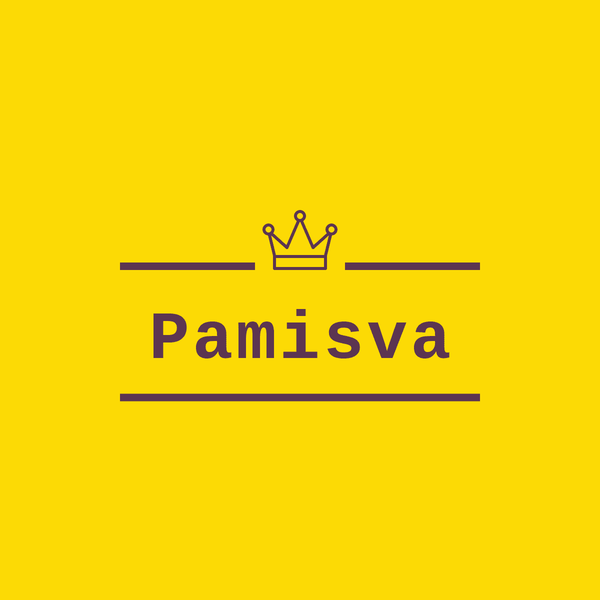The growing global population and declining condition of our planet’s environment is a constant topic of discussion amongst businesses and manufacturers. For instance, current data states that only 8% of plastic produced today is recycled, meaning that 8 million tons of plastic are being leaked into the environment. The fashion industry has also historically struggled with poor sustainability. Only 1% of clothing is currently recycled at the end of its useful life. This represents huge losses both economically and environmentally annually within this manufacturing niche.

The current production models of creating goods meant to be disposed of at the end of their useful life, as well as manufacturing processes with high volumes of waste are quickly becoming a thing of the past, and for good reason. Many companies are changing their focus to creating products that function within a circular economy, meaning that the goods made are designed to lessen or even eliminate the waste and pollution from the production process. Once these sustainable products are purchased by consumers, they are designed for long-term use or consumption and then eventually to be recycled or easily biodegrade back into the ecosystem.

A circular economy is more based on the model that Mother Nature presents to us. In the natural world, nothing is used just once and then thrown away as waste. Natural resources are constantly being repurposed and worked back into the environmental life cycle. For instance, what first is eaten as food then becomes fertilizer which enriches the soil, thus allowing new life to grow.
When we take this cyclical approach in manufacturing and focus on creating sustainable products, we design a system with three key components:
- Phase-out pollution and waste products during manufacturing
- Create products that can be kept in use long term or repurposed
- Assist in the regeneration of natural systems
It is a known fact that the design phase is the most important determining factor of how a product will impact the environment. Utilizing the principles of a circular economy allows designers to create products that preserve the environmental and economic value of an item and the materials used to manufacture it for the longest duration possible. Part of this design process is also planning how the item can be reintegrated into the environment when its useful life is complete. Some of the considerations given may include considering if the product can be remanufactured, repaired, refurbished, or recycled.

All of the above points are what is at the heart of the design process of our line of sustainable products at Pamisva, from our handcrafted wooden watches to our brilliantly designed renewable material backpacks. For example, our wooden watches are handmade by local artisans and are as durable as they are beautiful. When you choose one of these timepieces, you are supporting sustainability, as well as eco-friendly luxury. You can also jump on board the trend of using bags made from renewable materials. We have intuitively designed backpacks that feature comfortably durable fabric and thoughtful touches like charging ports.



If you are looking forward to joining fellow earth-friendly consumers in supporting companies that have set their focus on being a part of a circular economy, Pamisva is the right place for you. Our focus is on creating eco-friendly and affordable luxury goods that make your life and our planet a better place.


